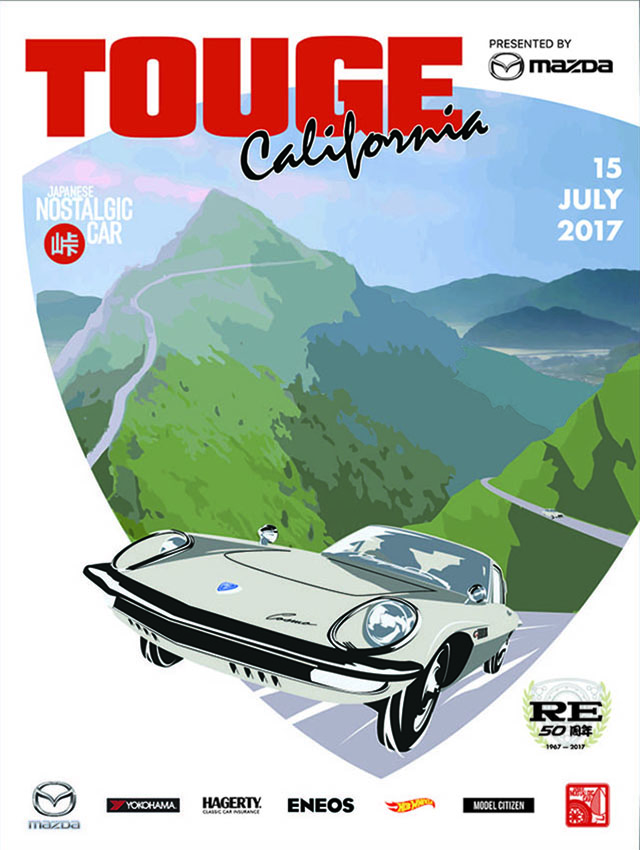Two-time Indianapolis 500 champ Takuma Sato is jumping out of his Indy racer and into a vintage rally car. He’ll be piloting a 1975 Honda Civic RS in the Rallye Monte Carlo Historique, a vintage rally event that stretches 1200 to 1800 miles across Europe. The Civic is currently being built by students at the Honda Technical College in what is surely one of the coolest class projects ever.
The only eligible cars for the Rallye Monte Carlo Historique are models that have competed in the WRC Rallye Monte-Carlo between 1977 and 1986. The first-gen Civic was the sole Honda to have participated in that window, and thus is the only model allowed entry. The rally takes place in France, Italy, and Monaco and will field 250 to 300 entrants.
The Civic 1200RS was introduced in October 1974 a sports variant of the first-generation Civic, available only in Japan. The RS badge stood for “Road Sailing” and boosted horsepower from 60PS (59hp) to 76PS (75hp) thanks to a dual-carb setup. While regular Civics came with a 4-speed manual, the RS had a proper 5-speed and a stiffer suspension. Rounding out the sporty flair were bullet-shaped fender mirrors, bucket seats, wooden steering wheel and shift knob, and black wheels.
Honda will enter two Civic RS rally cars into the race, scheduled for February 1-7, 2026. Students at the Honda Technical College in Saitama will not only source parts, build the Civics, and facilitate the transport to France, but with maintenance, on-site support, and navigation. Another group of students is restoring four early Honda Super Cubs in a “Cub Challenge” event that will travel across Japan.
The Honda Technical College was founded by Soichiro Honda himself in 1976, as a way to foster younger generations of engineers and technicians and funnel them into Honda’s dealerships, repair shops, suppliers, and the company itself. The college offers tracks for graduation from a two-year Service Engineer program, a four-year Automotive Maintenance, or a four-year R&D program. It has about 500 students.
The restoration projects are scheduled to coincide with the school’s 50th anniversary next year, even as the Japanese auto industry is lacking a supply of fresh blood due to waning interest in cars among youth. The two Civics were not part of Honda’s collection, but purchased on the open market. They were described as “almost scrap” with plenty of rust that the students diligently repaired.
Sato will drive the car students have christened Sunset, after its Sunset Orange paint, the only color Honda offered on the Civic RS. College head college head Keisuke Katsuta will drive the second car, Madrid, similarly named after its Madrid Red paint. The hue was not offered on the RS, but on trims like the GL. This one will be more of a restomod than a factory original. The cars are expected to be completed this fall, after which they’ll be sent to Hokkaido and Honda’s Takasu proving grounds for testing.
Both cars will have safety equipment, a rally computer, and GPS (for trarcking, not navigation) added to the builds. Sato negotiated with Bridgestone to create bespoke 13-inch studless tires specifically for this event. The champ recently visited the college to get a seat fitting and meet the students working on his car.
When asked what they hoped to get out of the experience, students gave humble answers such as “to finish the race,” or “to return safely.” Sato had a slightly different take: “I’m a racing driver after all, so in true Honda style I’ll aim to be number one.”
Images courtesy of Honda.










This article is an absolute highlight—watching Takuma Sato take the wheel of a vintage 1975 Honda Civic RS for the Rallye Monte-Carlo Historique blends nostalgia with ambition in the most captivating way. It’s genuinely inspiring to see such a timeless classic revived by passionate students and driven by a legend ready to take on the road once more.
Two time Indy500 champ at that! This is great inspiration for students and followers alike! Love this initiative by Honda and takuma especially as it is rallying!